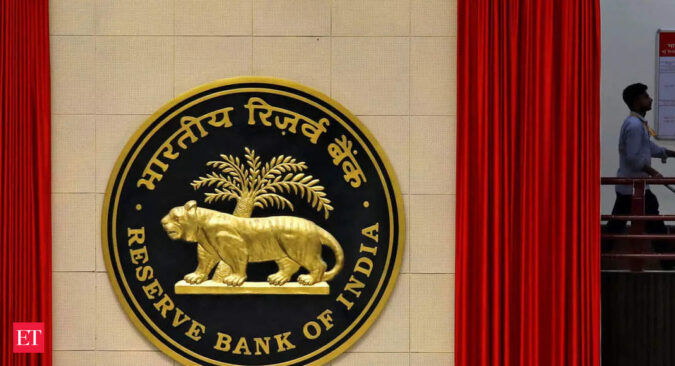“It also provides much-needed regulatory sanctity, even though there could be a near-term impact on business volume,” the agency said.
The agency noted that the RBI has tightened norms on the extent and form of FLDG cover and recognition of non-performing assets (NPAs) in partnership models like limiting FLDG to 5 per cent of the loan portfolio and not allowing corporate guarantees as a form of FLDG can dampen business volumes.
“We estimate that a substantial proportion of partnership/co-lending arrangements where FLDG is present — especially those with unsecured personal loan and business loan lenders — currently carry an FLDG cover of above 5 per cent. These segments would be affected by the new guidelines,” the agency’s senior director Ajit Velonie said.
Velonie added that secured asset classes like home loans and loans against property, where FLDG is typically within 5 per cent, may not see much impact.
There can also be an increase in the banks’ NPAs in their co-lending portfolios because the guidelines explicitly require recognition of loan assets as NPAs, in line with norms otherwise applicable to such loans, with the attendant provisioning and irrespective of the FLDG cover available/invoked, Crisil said. It noted that some NBFCs, which are following the Ind-AS system of accounting, are already recognising such stress as NPAs in their books and will not be impacted because of the new guidelines. However, even for such NBFCs’, the credit costs may go up as the FDLG amount invoked and received is no longer permitted to be used to reduce provisions, the agency said, adding that there won’t be an overall impact on reported profits as the FLDG amount received will now be reckoned as a part of income.
The changes, such as the cap on FLDG cover and NPA recognition, may dissuade some acquiring lenders from entering into partnerships in the higher-yielding segments, thereby leading to a preference for relatively less risky customer and asset segments, the agency said, pointing out that this would limit the growth of assets under management through the partnership mode.
NBFCs may also necessitate fund-raising because non-cash forms of FLDG — other than bank guarantees — are disallowed now, the agency said, adding that a reasonable proportion of FLDG is in the form of corporate guarantees.
“…we expect the co-lending market to see a drop in volumes in segments with relatively higher FLDG as the industry adjusts to the new normal,” its director Subha Sri Narayanan said.
